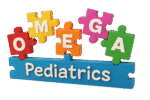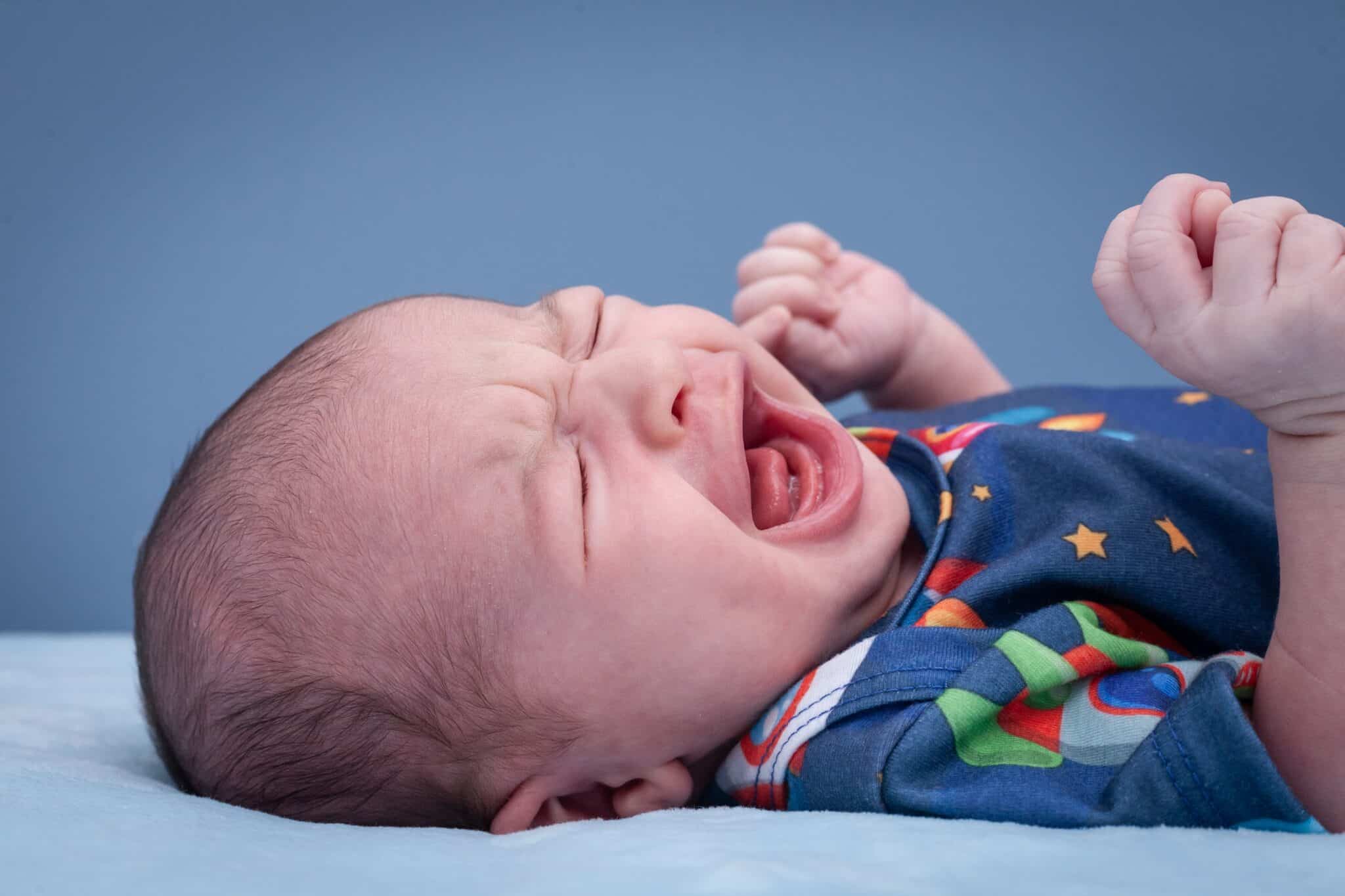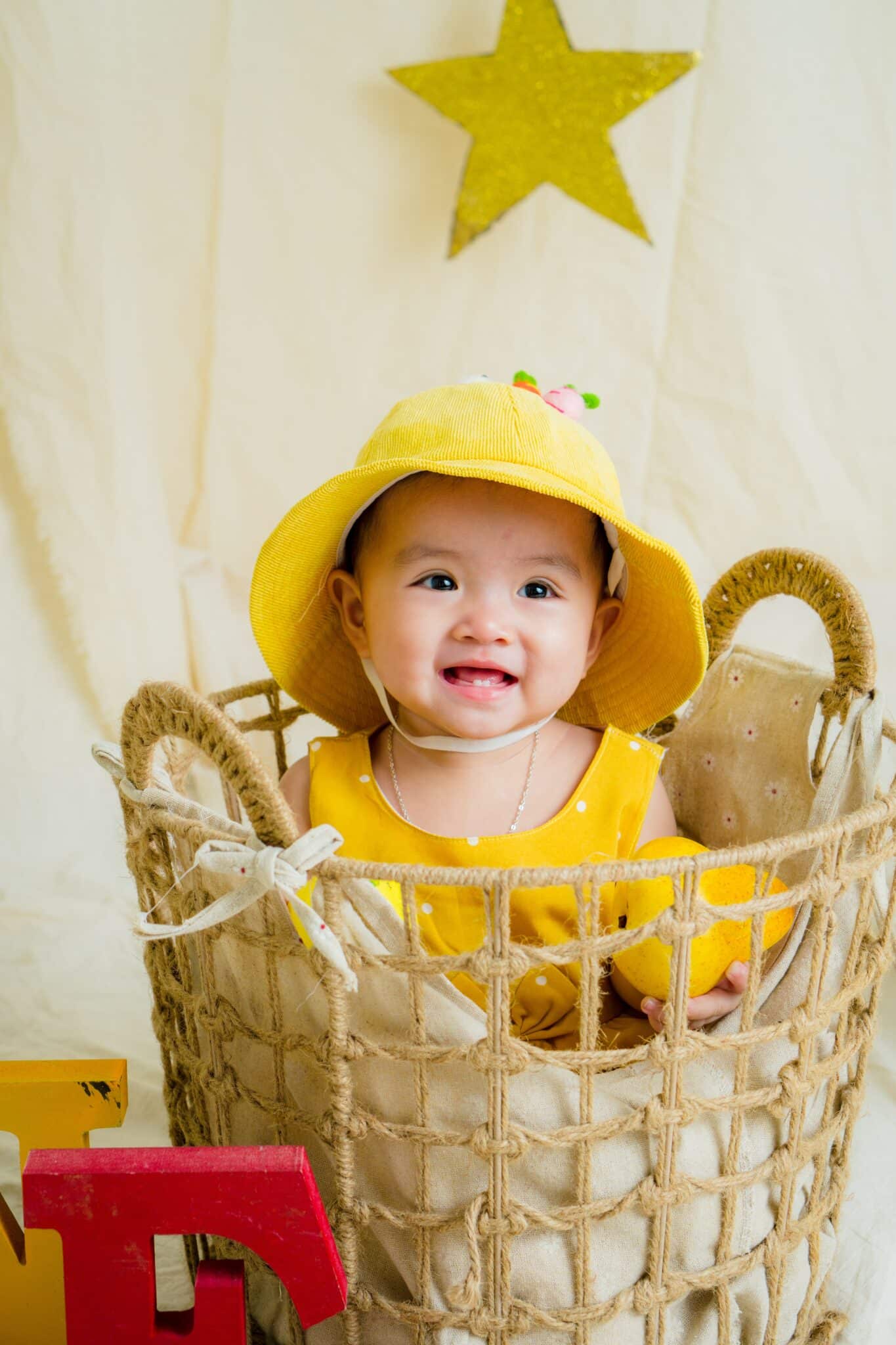As a new parent, you’ve likely anticipated many milestones, from the first smile to the first steps. However, one of the less exciting (but inevitable) milestones is your newborn baby first cold. It can be nerve-wracking when your little one starts to sniffle, cough, and feel uncomfortable.
Your baby’s immune system is developing, and while colds are common and generally not serious, they can be distressing for you and your child. The good news is that there are many ways to help your baby through their first cold, making them more comfortable while their body fights off the infection.
This guide will cover everything you need to know, from recognizing the symptoms to caring for your baby, preventing future colds, and knowing when to seek medical advice.
Understanding Newborn Baby Cold: What Causes It?
A newborn baby cold are caused by a virus, most commonly the rhinovirus, but other viruses like RSV (respiratory syncytial virus) or Coronaviruses can also be responsible. These viruses attack the upper respiratory system, which includes the nose and throat, leading to symptoms such as sneezing, congestion, and coughing.
Babies are particularly vulnerable because their immune systems are still developing and not yet equipped to fight off infections like adults can. As a result, babies catch colds more frequently, especially if they’re exposed to other children or adults who are sick. According to medical professionals, it’s common for infants to have 6–8 colds in their first year. While it may sound alarming, colds are a normal part of your baby’s immune system’s building strength.
How Do Babies Catch a Cold?
Your baby catches a cold when it comes into contact with an infected individual. This happens when someone sneezes, coughs, or touches the baby after contracting the virus. Babies are natural explorers, often putting their hands or toys in their mouths, making it easy for viruses to enter their system.
Babies in daycare or those with older siblings are prone to catching colds because they’re around more people. However, babies who stay at home catch colds through contact with parents or other caregivers. While you can’t prevent every exposure, practicing good hygiene reduces the risk of getting sick.
Recognizing the Symptoms: What Does a Baby’s Cold Look Like?
Knowing what to look for helps you identify when your baby has a cold. Early detection takes the necessary steps to help your baby feel more comfortable. While these symptoms are usually mild, keep an eye on them to ensure they don’t develop into something more serious.
- Runny or stuffy nose: A clear runny nose at first, but the mucus thickens and turns yellow or green as the cold progresses.
- Sneezing and coughing: Coughing helps clear out mucus, while sneezing helps expel irritants from the nasal passages.
- Fever: A mild fever (usually under 101°F) develops, the body’s way of fighting the virus.
- Loss of appetite: Nasal congestion makes it difficult for babies to feed, and they refuse to eat as much as usual.
- Irritability: Feeling unwell makes babies fussy or restless.
- Difficulty sleeping: Congestion, coughing, or fever disrupt sleep patterns.
- Watery eyes: An accompanying symptom.
Newborn Baby First Cold: Provide Comfort and Care
Your newborn baby first cold will leave them feeling uncomfortable, but there are many ways to help them feel better while their body fights off the virus. The key is to focus on comfort and relief rather than curing the cold.
1. Ensure Proper Hydration
This is one of the most important things to be done. Babies lose fluids through fever and runny noses, and dehydration worsens the symptoms. Hydration helps thin out mucus and prevents it from becoming too thick, which clogs their airways.
- For infants under 6 months. Breast milk or formula should be the main source of hydration. Breast milk contains antibodies that help fight infection. Similarly, if your baby seems less interested in their bottle, try offering smaller, more frequent feeds.
- For babies over 6 months, offer small amounts of water in addition to their usual feedings but check with your pediatrician first.
If your baby is congested and having difficulty feeding, feed them in an upright position. Use saline drops and a bulb syringe to clear their nasal passages before feedings to make it easier for them to drink.
2. Create a Humid Environment
Dry air, especially during winter months or in air-conditioned rooms, makes a stuffy nose worse. To help, use a cool mist humidifier in your baby’s room while they sleep. This adds moisture to the air, helps with congestion, and moistens their nasal passages. Your baby can breathe comfortably and sleep more soundly.
When using a humidifier, ensure it’s positioned at a safe distance from the baby and cleaned regularly to prevent mold or bacterial growth. Clean it thoroughly with a disinfectant at least once a week, and use distilled water to inhibit mineral buildup. An uncleaned humidifier can make your baby’s symptoms worse.
3. Saline Drops and Suction for Stuffy Noses
Babies can’t blow their noses, so help them clear their nasal passages. One of the most effective ways to do this is using saline nasal drops and a bulb syringe or nasal aspirator. These are safe for babies to loosen and remove the mucus. Here’s how to use them:
- Lay your baby down on their back, with their head slightly tilted back.
- Place 1-2 drops of saline solution into each nostril.
- After a minute or two, use a bulb syringe or nasal aspirator to gently suction out the loosened mucus.
This method is helpful before feeding or sleep, as it helps your baby breathe easily.
4. Keep Your Baby Warm but Not Overheated
Babies with colds are sensitive to temperature changes. They feel chilly, especially with a fever. They should be comfortably dressed in soft, breathable clothing. Light layers are a good option because these can easily be added or removed depending on the room’s temperature. Avoid over-bundling your baby, as this makes them too warm, especially if they have a fever. Overdressing increases the risk of overheating. Keeping the room at a moderate temperature, around 68-72°F, makes them comfortable.
5. Help Your Baby Rest
Sleep is a crucial part of the recovery. Your baby sleeps more than usual while sick, which is perfectly normal. However, congestion makes it difficult for them to rest, so try elevating their head slightly by placing a towel or wedge under the mattress (never under their head directly) to help with breathing. If your baby is too uncomfortable to sleep, gentle rocking or holding them upright helps. Babies sleep better in a semi-upright position because it reduces pressure on their nasal passages.
6. Gentle Comfort and Reassurance
Your baby may be fussy or clingier than usual during a cold. Holding and rocking them, and speaking in a calming voice provide the comfort they need. Skin-to-skin contact is also calming for the baby and parent. The warmth and closeness make your baby feel safe and secure during an uncomfortable time.
When to Call the Doctor: Knowing the Red Flags
Most colds in babies are mild and managed at home with the tips discussed. However, a cold develops into a serious condition, seeking medical attention. Call your pediatrician if your baby shows any of the following symptoms:
- Fever over 100.4°F in babies under 3 months: A fever in young infants can indicate a more serious infection.
- Difficulty breathing: Show signs of rapid or fast breathing, flaring nostrils, or chest retractions (where the skin pulls in between the ribs with each breath). These are signs that your baby is struggling to get enough air.
- Persistent high fever: A fever above 101°F for more than two days.
- Decreased appetite or refusal to eat: If not feeding well or refusing to drink, your baby could be at risk for dehydration, which requires medical evaluation.
- Unusual drowsiness or irritability: While babies are more tired when enduring a cold, extreme sleepiness or difficulty waking up can be a red flag. Likewise, excessive crying or irritability that doesn’t improve with comfort measures needs medical attention.
- Signs of an ear infection: Babies who pull at their ears, seem uncomfortable when lying down, or have a sudden change in mood may have developed an ear infection, which often follows a cold.
If you’re unsure about your baby’s symptoms, it’s better to err on the side of caution and call your pediatrician.
How to Prevent Future Colds

While it’s impossible to completely prevent colds, especially since babies’ immune systems are building up, there are steps to reduce the risk of frequent colds.
- Practice Good Hand Hygiene: This is the best way to prevent the spread of colds. Wash your hands thoroughly with soap and water before and after touching your baby, especially after changing diapers, wiping their nose, or feeding them. Encourage others around your baby to do the same, and ensure sick family members keep their distance until they’re no longer contagious.
- Clean Toys and Surfaces Regularly: Babies love to put their hands and toys in their mouths, which is an easy way for germs to spread. Regularly clean and sanitize toys, pacifiers, and surfaces your baby frequently touches, such as high chairs, crib rails, and play mats.
- Limit Exposure to Sick Individuals: During cold and flu season, limit your baby’s exposure to large crowds or anyone who is visibly sick. Daycares and playgroups are common places for babies to pick up colds, so be mindful of who your baby interacts with. Germs spread easily in these environments.
- Breastfeed if Possible: Breastfeeding provides your baby with antibodies that help fight off infections. If breastfeeding, continue doing so during your baby’s cold.
- Ensure Everyone Gets Enough Sleep: A well-rested immune system is better equipped to fight off infections. You and your baby should get adequate sleep to stay healthy. If your baby struggles with sleep during the cold season, use a bedtime routine and keep their room quiet and dimly lit.
Can You Give Medicine to a Baby with a Cold?
For most colds, babies don’t need medicine. Many over-the-counter cold medications aren’t safe for infants, especially those under the age of 2. The best thing you can do is focus on comfort measures like keeping your baby hydrated, using saline drops, and providing plenty of rest.
If your baby has a fever and seems uncomfortable, ask your pediatrician about giving infant acetaminophen (Tylenol) or ibuprofen (Advil) if they’re over 6 months old. Follow the correct dosage instructions and never give aspirin to a baby, as it can cause a serious condition called Reye’s syndrome.
How Long Will My Baby’s Cold Last?
The average cold in babies typically lasts 7-10 days, though some may take longer to clear up. During this time, your baby seems more irritable than usual, and the symptoms change from day to day. Here’s a general timeline of how symptoms might progress:
- Days 1–3: Runny nose and sneezing, accompanied by a low-grade fever.
- Days 4–6: Congestion and coughing worsen, and your baby has difficulty sleeping or feeding due to a blocked nose.
- Days 7–10: Symptoms should begin to improve. The runny nose will lessen, and coughing will become less frequent.
While these symptoms are concerning, they’re usually not dangerous. Colds are a natural part of your baby’s immune system maturing. If the symptoms last longer than 10 days or worsen, contact your pediatrician, especially if there are signs of complications like an ear infection or a secondary infection.
Handle Your Newborn Baby First Cold Like a Pro
Dealing with your newborn baby first cold can be stressful. Colds are a normal part of growing up. With proper care, rest, hydration, and comfort, your baby will bounce back in no time and be resilient to future illnesses. Trust your instincts, keep an eye on their symptoms, and don’t hesitate to call your pediatrician if you have any concerns.
To learn more about your baby’s health and common illnesses, visit the Omegapediatrics blog on baby care for helpful tips and expert insights. These resources offer more in-depth information on keeping your baby healthy and happy during their first year.







